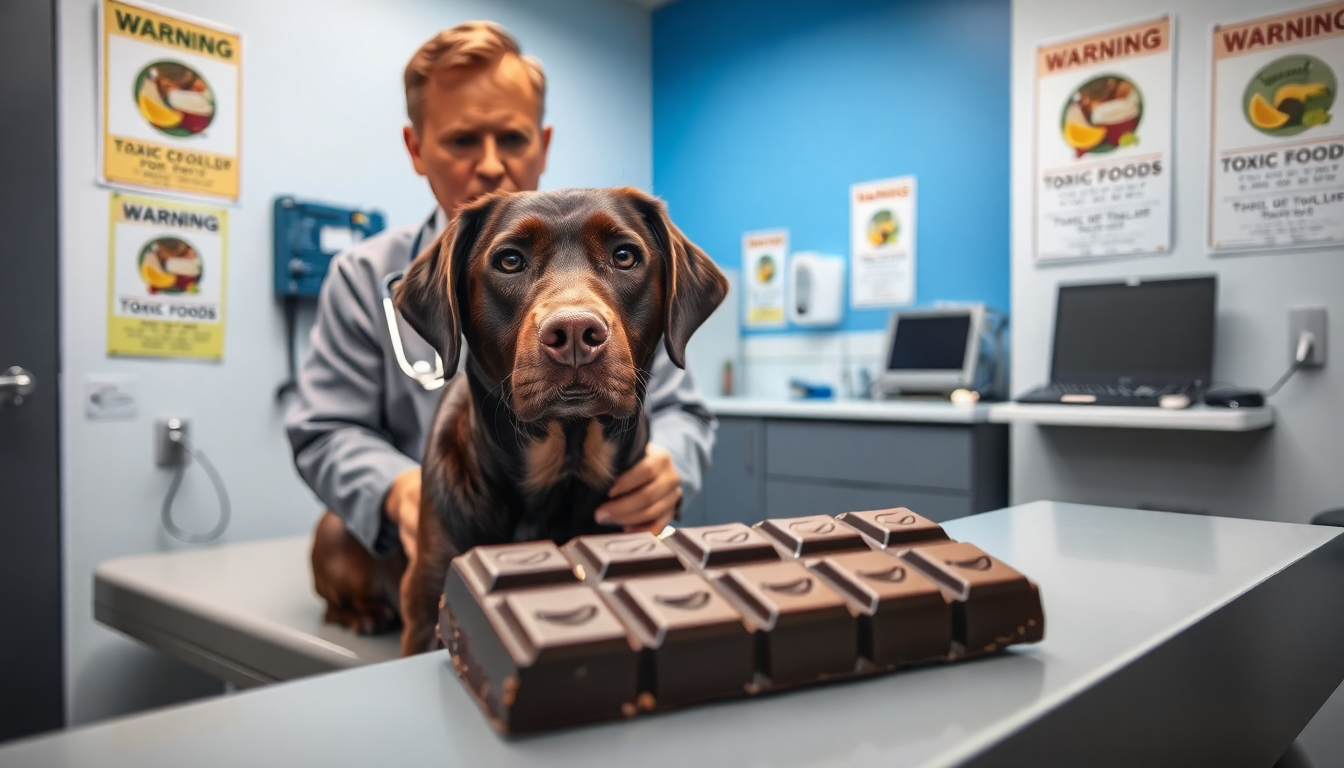
Why Chocolate is Harmful for Dogs
Understanding the Canine Digestive System
When it comes to our furry companions, maintaining their health is our top priority. A critical aspect of this involves understanding how their systems work, especially their digestive system. Dogs have a very different metabolism than humans, which makes them sensitive to certain foods that are absolutely harmless—or even healthy—for us. Among these, chocolate is particularly dangerous. It might be surprising to some, considering how much we enjoy this treat, but dog digestion reacts very differently to chocolate, viewing it not as a delicacy, but as a potential poison.
To explain why chocolate is harmful for dogs, it’s essential to delve into the science behind it. The digestive system of dogs is not equipped to break down the specific components found in chocolate. In humans, these components pass through largely without issue. However, in dogs, they accumulate to potentially toxic levels very quickly, leading to a range of health problems. This knowledge is fundamental when deciding on what foods to keep out of paw’s reach.
The Dark Side of Chocolate: Theobromine and Caffeine
One primary reason chocolate is harmful for dogs is because of two key ingredients: theobromine and caffeine. Both belong to a class of stimulants known as methylxanthines. While humans can metabolize these substances efficiently, dogs do so at a much slower rate, leading to a toxic buildup.
The theobromine content is especially high in dark chocolate and baking chocolate, making these types particularly dangerous. When ingested, theobromine affects a dog’s central nervous system and cardiovascular system. Signs of chocolate poisoning include vomiting, diarrhea, rapid breathing, increased heart rate, and even seizures. **Caffeine**, found in smaller amounts alongside theobromine, exacerbates these effects. It's like drinking ten espressos in one go for dogs, a danger we wouldn’t wish upon our worst enemy.
Symptoms of Chocolate Poisoning in Dogs
Recognizing the symptoms of chocolate toxicity in your dog can mean the difference between a quick recovery and serious health issues. Initial signs might seem mild, such as vomiting and diarrhea. However, as theobromine and caffeine levels increase, symptoms can quickly worsen.
Your furry friend might experience restlessness and excitement, akin to a sugar rush. As toxicity intensifies, more severe signs might appear: muscle tremors, seizures, and potentially, heart failure. Therefore, early detection and action are crucial. If you suspect your dog has consumed chocolate, contacting your veterinarian immediately is vital. They may advise inducing vomiting or bring the dog in for further examination and treatment.
Preventing Chocolate Exposure
Preventing this dangerous situation is all about vigilance and precautionary measures around your home. First and foremost, avoid giving dogs any food containing chocolate, no matter how trivial it might seem. This includes chocolate-flavored treats, baked goods, and even ice cream that might seem innocuous.
Ensure all chocolate is kept well out of reach. Dogs are often opportunistic eaters, leading them to rummage through garbage bins or sneak desserts off countertops. Be particularly cautious during holidays such as Halloween, Christmas, and Easter, when chocolate consumption rises significantly. Educate family members and guests on the dangers chocolate poses to your pet. Sometimes, guests might innocently slip your dog a treat, not realizing the hidden dangers.
Safe Alternatives and Final Thoughts
If you’re looking to treat your dog but want to ensure their safety, there are several safe alternatives to consider. Many dog treats replicate the flavor and texture of chocolate without using harmful ingredients. Carob is often used as a chocolate substitute, offering a sweet, chocolate-like taste without the dangerous theobromine.
In summary, understanding why chocolate is harmful for dogs transforms how we approach feeding them. It’s about blending our love for our pets with the responsibility of protecting their health. Dogs don’t know that their favorite foods might hurt them; that's our job to handle. If a dog’s loving eyes tempt you into sharing a sweet treat, remember the risks. Opt for safer alternatives, ensuring they stay healthy and happy, and giving you peace of mind.



Leave a comment
This site is protected by hCaptcha and the hCaptcha Privacy Policy and Terms of Service apply.